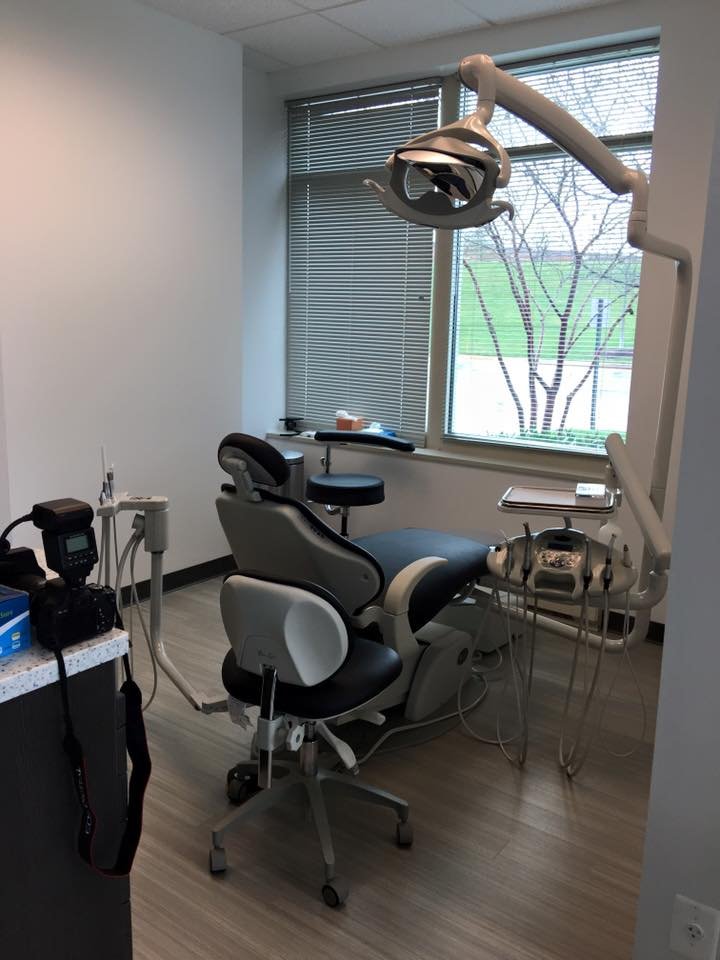How a Dental Filling Repairs a Cavity

For someone who may be struggling with cavities, a filling can be a great restorative option.
Essentially, a dental filling will restore a decayed tooth to its normal function and shape. By closing off the spaces where bacteria can enter, a dental filling can also prevent further decay and cavities. Since cavities are a harvest ground for bacteria, having this spot filled can be a great way to restore tooth functionality, shape and look.
What is a cavity?
A cavity is essentially a hole left behind after a long process of tooth decay. The bacteria that created the cavity do not go away. If left unchecked, the decay will continue to spread and further damage and destroy the tooth.
When you go in the fill a cavity, you are cleaning away the decay and filling it in to stop further damage.
When tooth decay destroys a part of a tooth, the resulting cavity is often extremely sensitive due to the inner nerves being partially exposed or more vulnerable. This can often lead to infection if not handled properly.
By filling in the hole done by the cavity, your dentist is restoring full functionality to the damaged tooth and providing it with a whole new look than before.
Fillings
Materials
Fillings can be made through a variety of materials.
Some popular options include gold, porcelain and composite resin. Not one type of filling suites everyone as there are plenty of other factors involved. The location of the cavity, budget and allergies to materials all play a part during the consideration.
For example, porcelain, although more expensive, is built to last longer and is more durable, than silver fillings. Gold fillings are also well tolerated by gum tissues and have a proven track history to be durable and effective.
Functionality
Fillings prevent bacteria or plaque from building up and can reinforce the tooth to keep it from further chipping, cracking or breaking inward from trauma. Without a filling, even minor cavities can cause major issues down the line due to the spread of bacteria and other plaque. This can further compromise the health and functionality of the surrounding teeth if left untreated.
Aftercare
After receiving a filling, you may feel some discomfort or sensitivity to pain. However, there is toothpaste and floss to help counter sensitive gums or teeth.
Fillings usually last plenty of years before they need to be replaced. However, if you do notice signs of wear on your filling, make sure to have them replaced as soon as possible before bacteria reenters the newfound hole.
Do you think you have a cavity?
Only your dentist will know whether a filling is the correct option for you. For this reason, be sure to see the dentist at least twice a year.
Fillings are also used to repair cracked or broken teeth. If you are also facing any of these complications, you can even possibly fix two issues at once.
If you have a painful or damaged tooth, call our office to see how we can help.
Request an appointment here: https://www.titandentalcare.com or call Titan Dental Care at (703) 745-3227 for an appointment in our Sterling office.
Check out what others are saying about our services on Yelp: Read our Yelp reviews.


